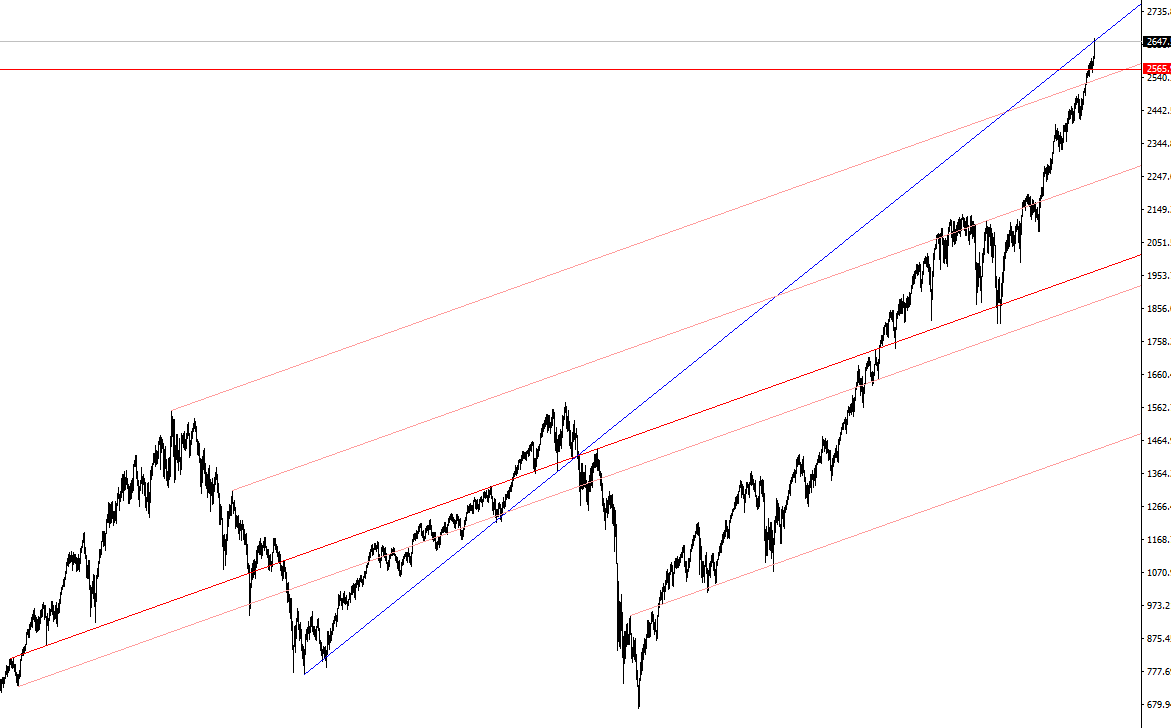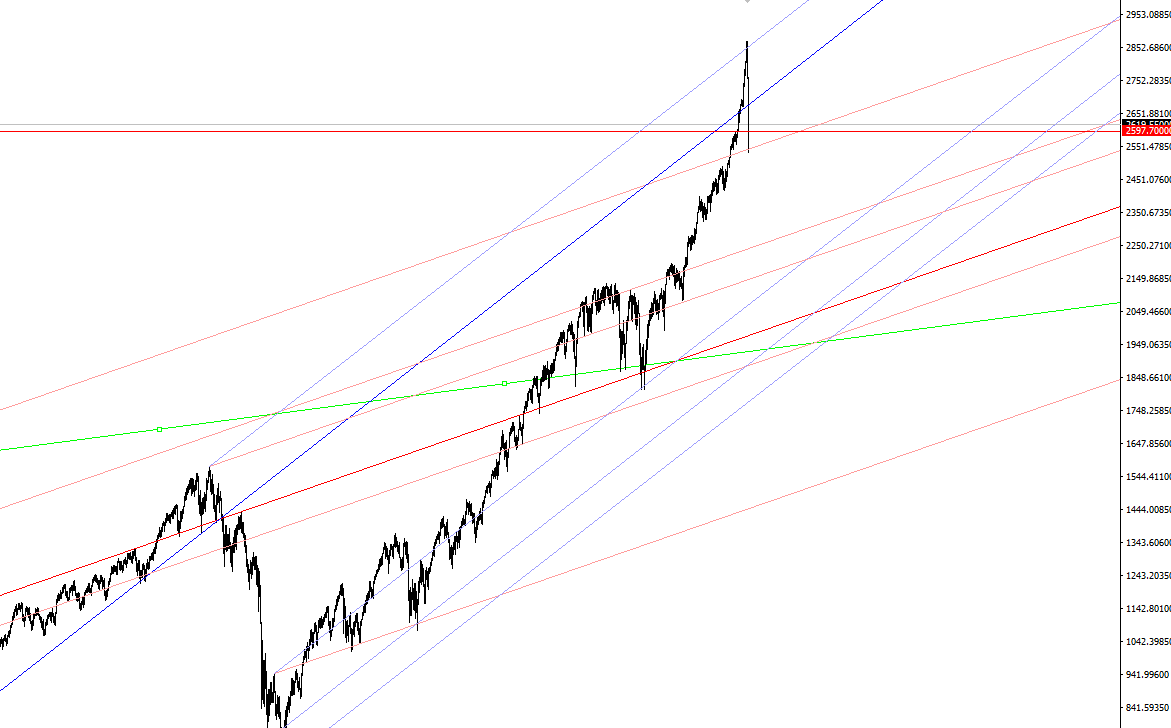The first trading day of the second quarter was the worst for the S&P 500 since 1930! Both US blue chip indexes - the S&P 500 and Dow - fell below the 200-day MA.
It seems that over a long weekend investors have become stronger in their determination to sell shares, which they did as soon as the market opened. They are difficult to blame for this, since most good news is left behind, and bad ones grow like a snowball. Last weeks were marked by a sharp increase in the spread of Libor-OIS, which determines the cost of short-term financing and affects everything from the cost of bank lending to marginal costs of debt in trillions of dollars with a floating rate. He has a particularly strong influence on the company's plans to redeem his shares, which was one of the main drivers of the growth of the US stock market in recent years.
As part of the inflaming trade war, China reported on the response to the protection of the White House, imposing additional duties on 128 American goods. Another blow to the market caused by Apple, reporting on plans to abandon the use of Intel components in their computers, which by the results of the auction sent the shares of the latter down 6%. Shares of Amazon lost 5% amid escalation of rhetoric of Donald Trump regarding the company. As a result of these events, the S&P 500 closed for the first time in the last 442 days (since Breckzit in June 2016) below the 200-day MA


